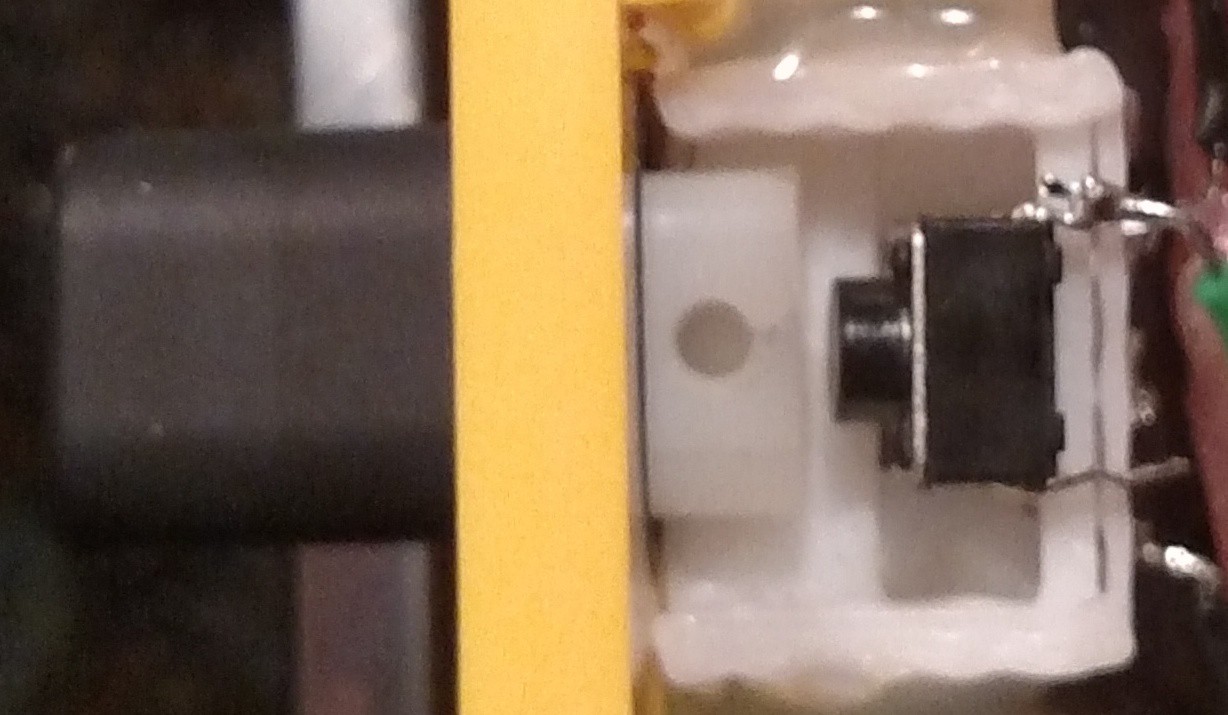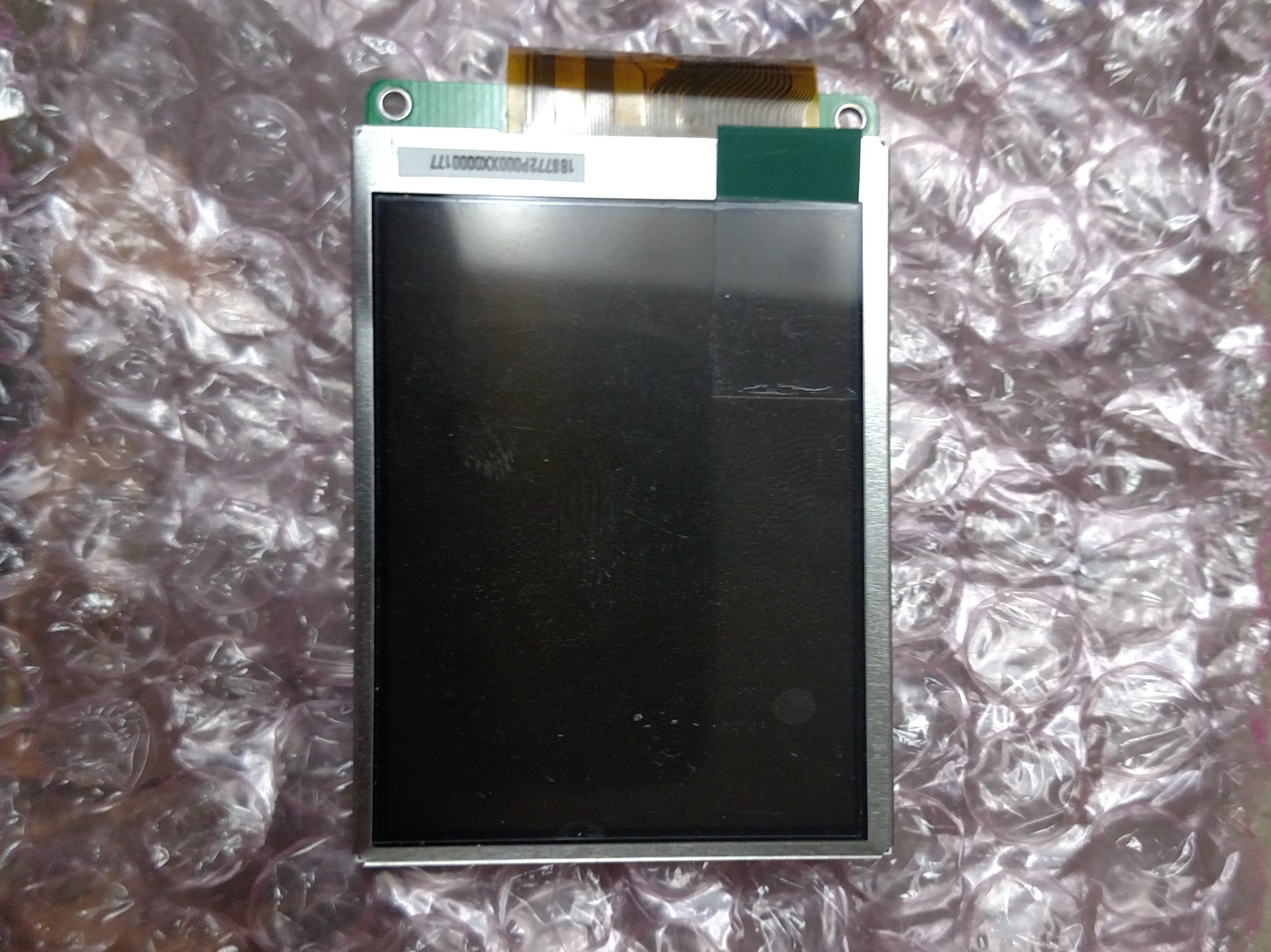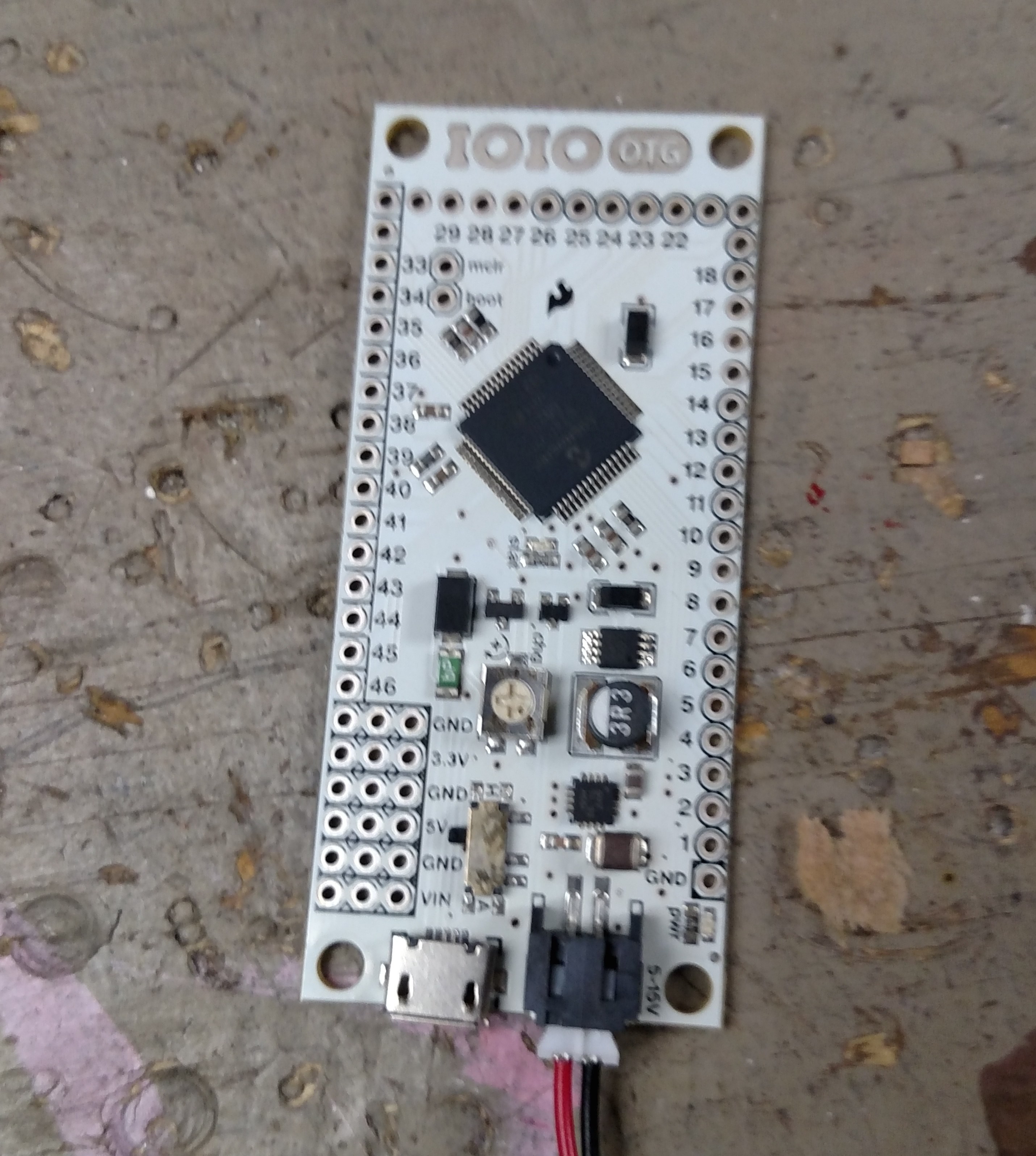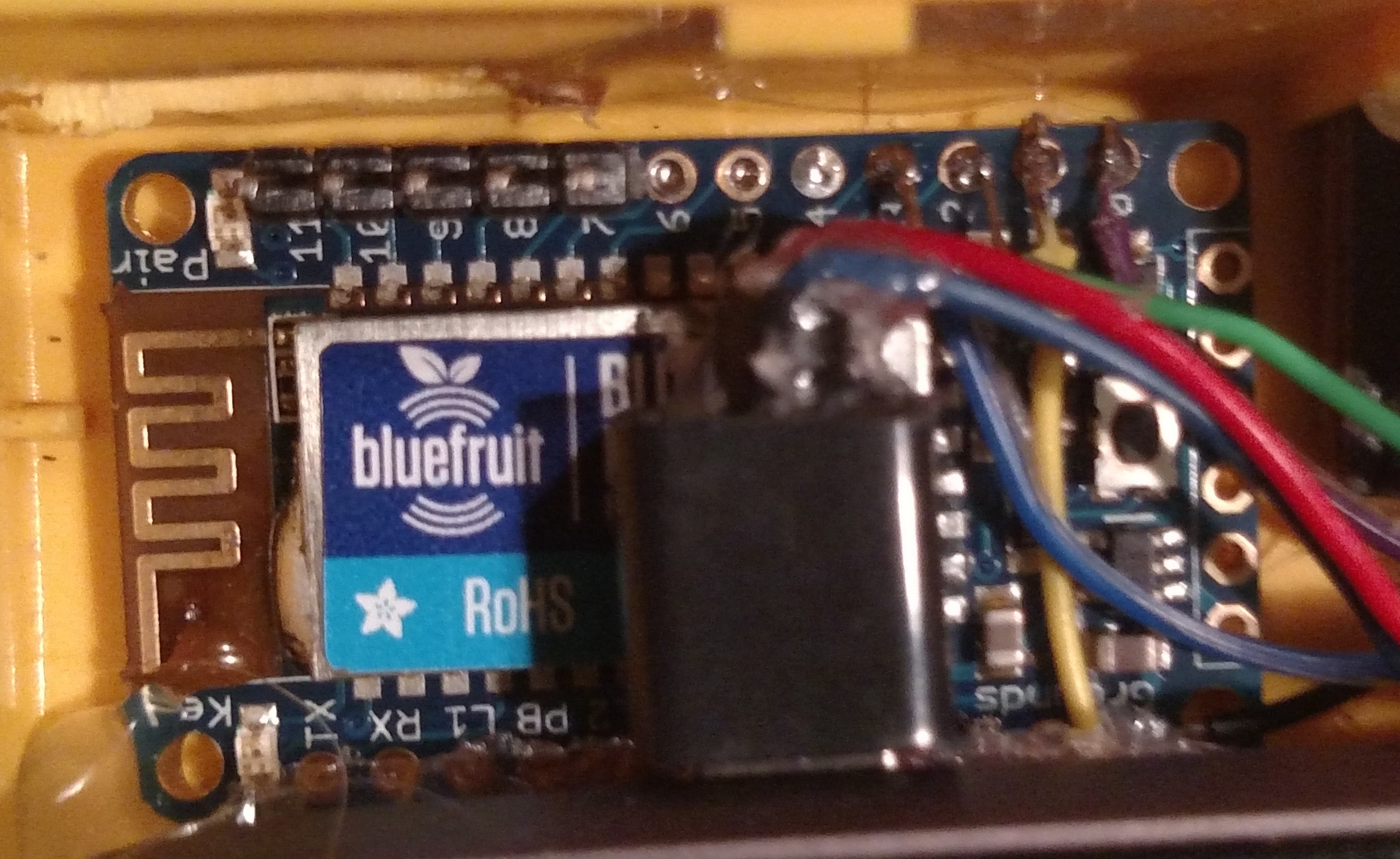The "WM-F45 Upgrade" project was the idea I came up with for my senior project. My high school requires that senior students complete a project of their choosing that is based on research and is thoroughly documented with a writeup after the project is completed. Since one of the requirements is to publish your project to the public in some manor. Initially I was going to put up an instructable, but after making an account to participate in the "Trinket EDC Contest", I think that this website is the better choice.
The idea of this project was to create something that was made up of technology that would otherwise have been discarded. I researched some information on electronic waste and found that since our technology has progress at such a high rate, this has left many devices depreciated and or obsolete. Another research article that I read was called "Life Cycle Aware Computing: Reusing Silicon Technology" and it made some great points about how computer processors are usually thrown out after about an optimistic 20,000 hours of use, but could theoretically keep operating for another 60,000 additional hours (Oliver). It's a very interesting article and it helped me realize that I should not discount the processing power of a used device in favor of one that is the latest and greatest.
Using an old android phone would be the perfect example of using old hardware to accomplish more simple tasks. In my product I use an HTC One V with a cracked screen. This ran me about $15 on ebay and it does a decent job of acting as a music library and media center with apps like "Soundcloud", "Infinity Tracks", "Beyond Pod", and "Bandcamp".
The obsolete Sony Walkman which originally played cassettes serves as a great housing for the phone and provides enough space for a secondary battery and button interface.
Works Cited
Ben-Tsvi, Yati. "Digital IO." GitHub. GitHub, 30 Apr. 2011. Web. 15 Oct. 2014.
Ben-Tsvi, Yati. "Analog Input." GitHub. GitHub, 30 Apr. 2011. Web. 17 Oct. 2014.
Felicity, Caldwell. "Toxic Tossers E-Waste Hidden Cost Of Upgrading." Mx (2013): 1. Newspaper Source. Web. 14 Oct. 2014.
Oliver, John Y., et al. "Life Cycle Aware Computing: Reusing Silicon Technology." Computer 40.12 (2007): 56-61. Academic Search Elite. Web. 8 Oct. 2014.
(All photos taken by John Hamann)





